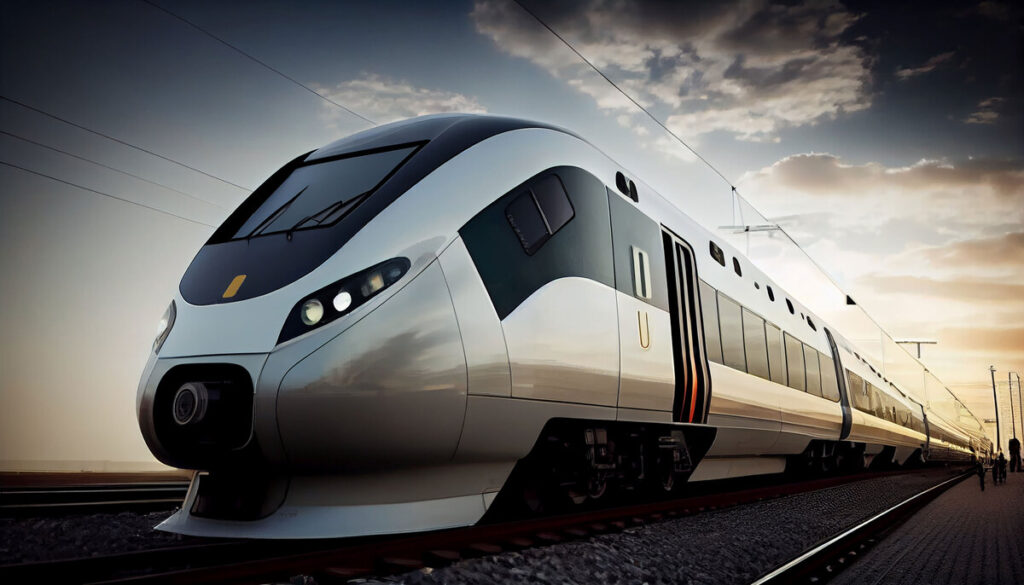The railway sector stands at the forefront of technological evolution, harnessing IoT‘s potential to revolutionize its operations, safety measures, and passenger experiences.
At the core of this transformation lies the seamless connectivity offered by Internet of Things, enabling real-time monitoring and analysis of crucial components like tracks, trains, and equipment. From trackside sensors detecting anomalies to predictive maintenance algorithms preempting potential failures, IoT in railway insights has become the bedrock of efficient railroad operations.
However, its impact extends beyond operational enhancements. It has significantly elevated passenger experiences by introducing smart solutions aboard trains. With IoT-enabled systems facilitating smart ticketing, real-time journey updates, and improved safety measures, passengers now enjoy safer, more comfortable, and well-coordinated travel experiences.
This comprehensive guide, indicates an intricate network of IoT applications, reshaping the very foundations of rail systems worldwide. IoT in railway has ushered in a new era of efficiency, reliability, and innovation, fundamentally altering the industry’s landscape.
It delves into the multifaceted applications, addressing its impact on safety protocols, operational efficiency, and sustainability measures. Moreover, it examines the synergistic fusion of Internet of Things with other cutting-edge technologies such as Artificial Intelligence (AI) and edge computing, shaping a future where railways are more interconnected and efficient than ever before.
Table of Contents
What is the Internet of Things?
The Internet of Things describes a network of physical objects—devices, vehicles, and appliances embedded with sensors, software, and internet connectivity. These “smart objects” can be simple gadgets like smart thermostats or complex systems like industrial machinery. There’s even talk about creating entire “smart cities” based on IoT technology.
IoT enables these devices to communicate among themselves and with other internet-connected devices, forming a vast network capable of sharing data and carrying out various tasks independently. This ranges from monitoring farm conditions to managing traffic with smart vehicles, controlling factory machinery, and overseeing inventory in warehouses.
Suggested article to read: What is IoT? Internet of Things Definition and Meaning (2024 Review)
Its potential applications are wide-ranging, impacting industries like manufacturing, transportation, healthcare, and agriculture. As the number of connected devices continues to rise, IoT is set to play a pivotal role in shaping our world, altering how we live, work, and engage with each other.
In businesses, IoT devices monitor diverse parameters such as temperature, humidity, energy usage, and machine performance. Real-time analysis of this data helps companies identify trends and irregularities, ultimately aiding in optimizing operations and boosting profits.
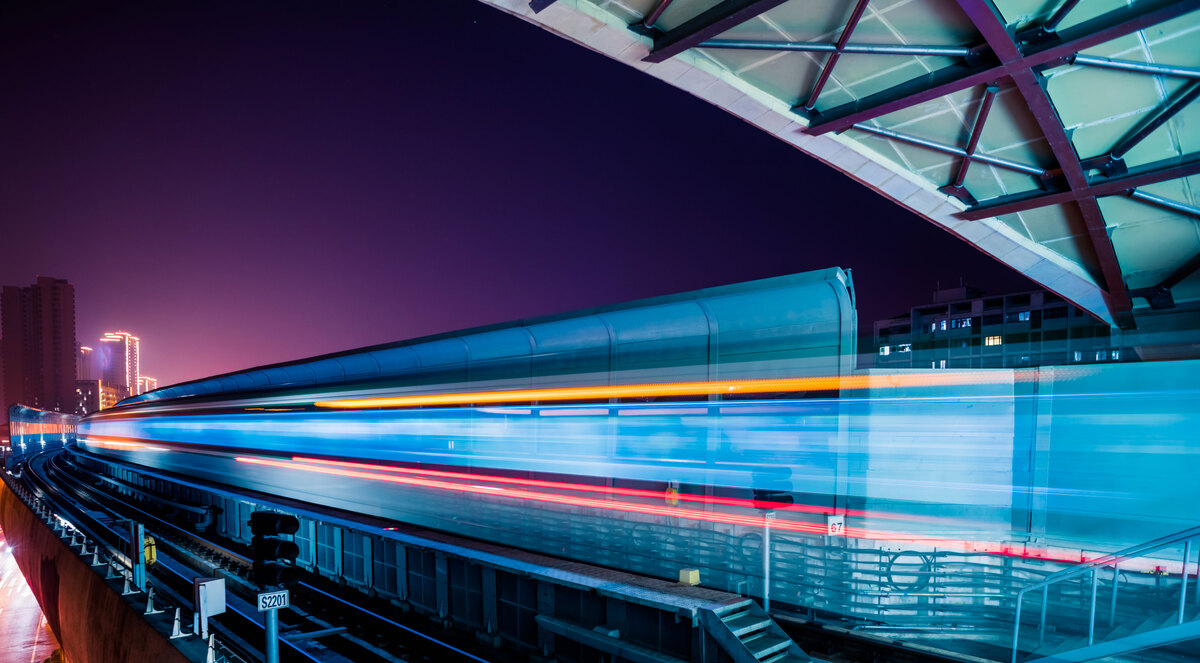
Why is IoT Important?
Internet of Things holds significance in the business realm for various reasons. Below are the fundamental advantages that businesses can derive from implementing technologies:
1. Enhanced Operational Efficiency
Utilizing IoT gadgets to automate and fine-tune operations enables businesses to enhance efficiency and productivity. For instance, IoT sensors can monitor equipment performance, identifying and addressing potential issues before they cause disruptions, thus cutting maintenance expenses and boosting operational uptime.
2. Data-Driven Decision-Making
IoT devices generate substantial data that aid in informed decision-making and innovation in business models. Analyzing this information provides insights into customer behavior, market trends, and operational efficiency, empowering businesses to make informed choices regarding strategy, product evolution, and resource allocation.
3. Cost-Efficiency
By reducing manual tasks and automating repetitive operations, Internet of Things hold significance in the business realm for various reasons. Below are the fundamental advantages that businesses can derive from implementing technologies: contributes to cost reduction and enhanced profitability for businesses. For instance, IoT devices can oversee energy usage, optimize consumption, and cut down energy expenses while promoting sustainability.
4. Improved Customer Engagement
Leveraging IoT technology to gather customer behavior data allows businesses to craft personalized and immersive experiences for their clientele. For instance, retailers can employ IoT sensors to track customer movements within stores, enabling tailored offers based on individual behavior.
Suggested article to read: 11 Best IoT Consulting Services Providers in 2024
What is IoT in Railway?
Railways have served as a crucial means of transportation globally for centuries, playing a pivotal role in the Industrial Revolution and contributing significantly to the development of thriving and innovative societies.
In the present day, railways have become more indispensable than ever. Governments at both country and city levels are under pressure to devise innovative strategies for a safe post-COVID return to business, adapt to evolving citizen needs, manage urban population growth, and minimize environmental impact.
In response to these challenges and preparation for future achievements, numerous forward-looking governments and railway operators are actively seeking intelligent IoT technologies to bring modernization to their rail networks.
Connected Rail Technologies
Various intelligent devices facilitate the implementation of IoT in railway systems, including sensors for monitoring vibration and temperature, cameras for vehicles and stations, digital displays, machine learning tools, security setups, and more. When these smart devices collaborate within a comprehensive solution, railway operators can:
- Translate Data into Actionable Insights: Through edge computing, operators can process and analyze data nearer to its collection point, enabling nearly instantaneous decision-making and responsiveness. This rapid computing capability supports functionalities like recognizing railway obstacles, dynamic content on digital displays and interactive kiosks, and monitoring passenger movement.
- Enhance Existing System Value: By bridging the IT/OT gap and achieving convergence between information technology (IT) and operational technology (OT), operators can amalgamate, assess, and interpret data across the entire railway network. This newfound data can streamline operational processes, generate insights for innovative solutions and services, and minimize system downtime.
- Prepare for Future Achievements: Technological advantages, including deep learning and AI, empower operators to gear up for the future and gain a competitive edge within the transportation landscape. AI aids in predicting rail delays, boosting capacity without expanding infrastructure, while deep learning refines passenger traffic monitoring for more nuanced station planning and operational decision-making.
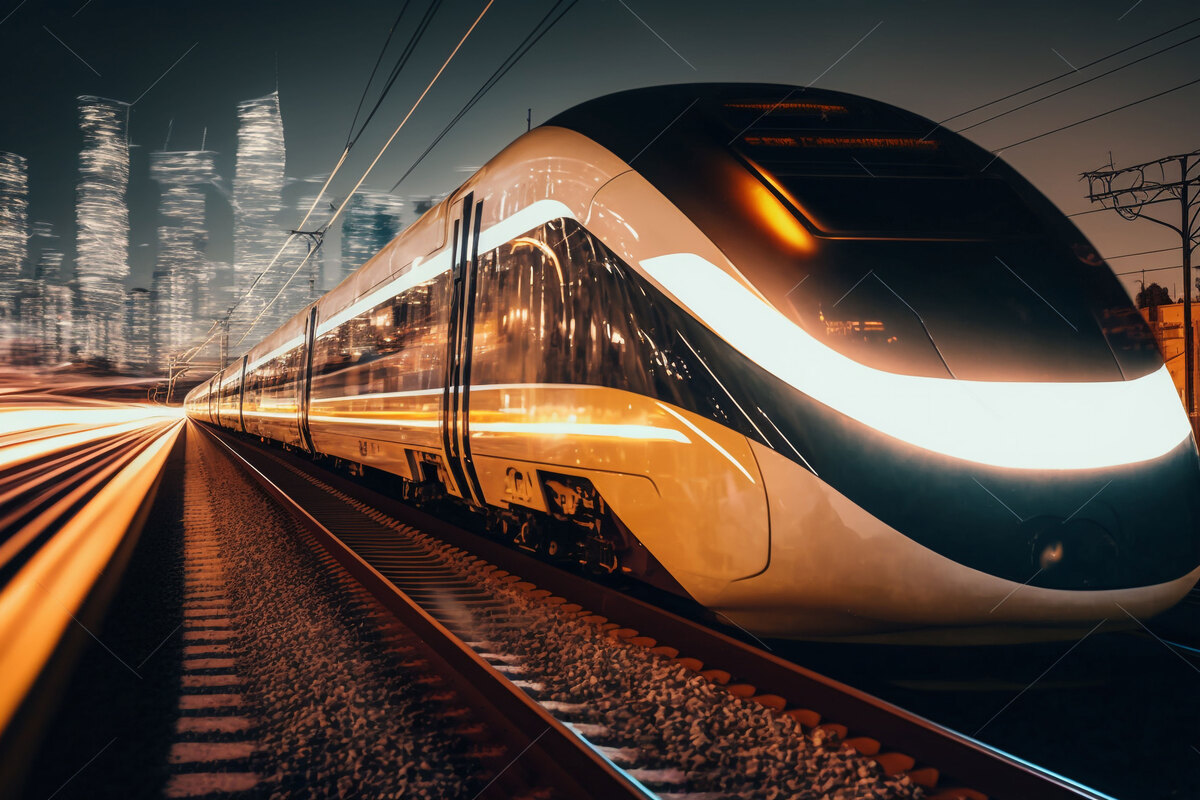
Benefits of IoT Applications in Railways
Through the utilization of IoT advancements, railway operators aspire to deliver a smarter, interconnected, streamlined, secure, and user-friendly railway encounter for all, simultaneously achieving these advantages:
- Enhanced Safety: IoT-enabled sensors and devices provide real-time monitoring of railway infrastructure, tracks, and rolling stock. This enables timely detection of potential faults or hazards, reducing accidents and ensuring passenger and crew safety.
- Predictive Maintenance: IoT facilitates predictive maintenance by continuously monitoring the condition of railway components. This helps in identifying maintenance needs before failures occur, minimizing downtime, and optimizing maintenance schedules.
- Improved Efficiency: IoT devices optimize operational processes by providing data on train schedules, track conditions, and passenger flow. This data allows for better resource allocation, leading to more efficient operations and reduced delays.
- Enhanced Passenger Experience: IoT technologies enable improved passenger services through real-time information updates, personalized travel experiences, and efficient crowd management in stations and on trains.
- Cost Reduction: By optimizing maintenance schedules, improving operational efficiency, and preventing breakdowns through predictive maintenance, IoT contributes to cost savings in the long run for railway operators.
- Data-Driven Decision-Making: IoT-generated data provides insights into railway operations, allowing for informed decision-making, optimized resource allocation, and the development of innovative services and solutions.
- Environmental Impact: IoT technologies can contribute to reducing the environmental footprint of railways by optimizing energy consumption, improving scheduling to reduce idling times, and implementing eco-friendly practices based on data insights.
The implementation of IoT in railways offers multifaceted benefits, ranging from safety improvements and enhanced efficiency to better passenger experiences and long-term cost savings.
Suggested article to read: Top 19 IoT Applications in 2024
5 Ways the Internet of Things Can Improve Rail Travel
IoT has the potential to enhance the effectiveness of train travel and elevate the experience for all its users. This becomes especially crucial as the railway sector readies itself for the implementation of significant new regulations, specifically the Service Quality Regimes (SQRs). Here are five methods through which IoT can enhance train travel.
1. Combat Overcrowding
Overcrowding poses not only discomfort but also risks, especially in confined areas, bottlenecks, and amid a pandemic. IoT offers a solution by monitoring passenger density using video analytics and strategically placed sensors throughout the station. Coupled with existing camera systems, this setup can detect crowded areas in real-time, prompting immediate action. For instance, station staff can guide commuters to less crowded areas or open extra ticket gates.
As with any technology, IoT’s effectiveness grows with increased usage, allowing for easier implementation and greater advantages. Analyzing passenger density not only provides immediate insights but also extracts additional data, enabling the recognition of patterns and predictive understanding of human behavior, aiding in the preparation and proactive measures.
2. Monitoring Ambient Conditions
Environmental factors significantly contribute to the customer experience, primarily for comfort and not directly for safety. When sensors link all fans, heaters, and air conditioning units, they collaborate to maintain optimal temperature and humidity levels. Additionally, in case of a malfunction, prompt maintenance can be arranged.
These conditions heavily influence the duration individuals spend at the station, potentially affecting their decision to purchase a coffee and linger indoors or opt to wait outside for their train. Comfort directly correlates to revenue.
Suggested article to read: Industrial Internet of Things (IIoT) Guide to 2024
3. Using Lux Sensors for Safety
Lighting plays a crucial role in ensuring safety, especially at train stations where it’s vital due to the presence of speeding trains. Integrating IoT into the lighting system enables sensors to regulate the station’s overall lighting, ensuring it remains at an optimal level.
In unmanned stations, this capability becomes especially valuable as it can respond to alterations in station activity, surrounding light conditions, or potential malfunctions. If a light malfunctions, an automatic notification can be sent for immediate repair, while other lights can adjust to compensate if possible.
4. Monitoring Air Quality
Air quality significantly affects both the customer experience and long-term health. Trains can introduce particulates and dust into the air, posing risks for individuals with respiratory issues or specific illnesses. PM2.5, a particularly harmful particulate with a diameter of less than 2.5 micrometers, requires careful monitoring and management.
Utilizing IoT involves employing sensors to oversee air quality and trigger alerts when it reaches a specific threshold. Over time, consistent monitoring enables the recognition of patterns.
5. Ensuring Washroom Cleanliness
This might not immediately align with a groundbreaking fourth-generation technology, yet IoT holds immense potential in significantly enhancing restroom cleanliness. Through ‘smart-cleaning,’ cleaners are summoned only when necessary, ensuring their time isn’t wasted and they can attend to other stations or different sections within the same station, like handrails and touchpoints. Conversely, they attend to restroom maintenance only when genuinely required.
For passengers, restroom cleanliness can heavily influence their perception of the overall rail experience, with a negative bathroom encounter being hard to overlook.
This theme may appear recurrent, and for those not noticing, the long-term application of IoT doesn’t merely react but proactively addresses human behavior before issues arise, ensuring appropriate handling.
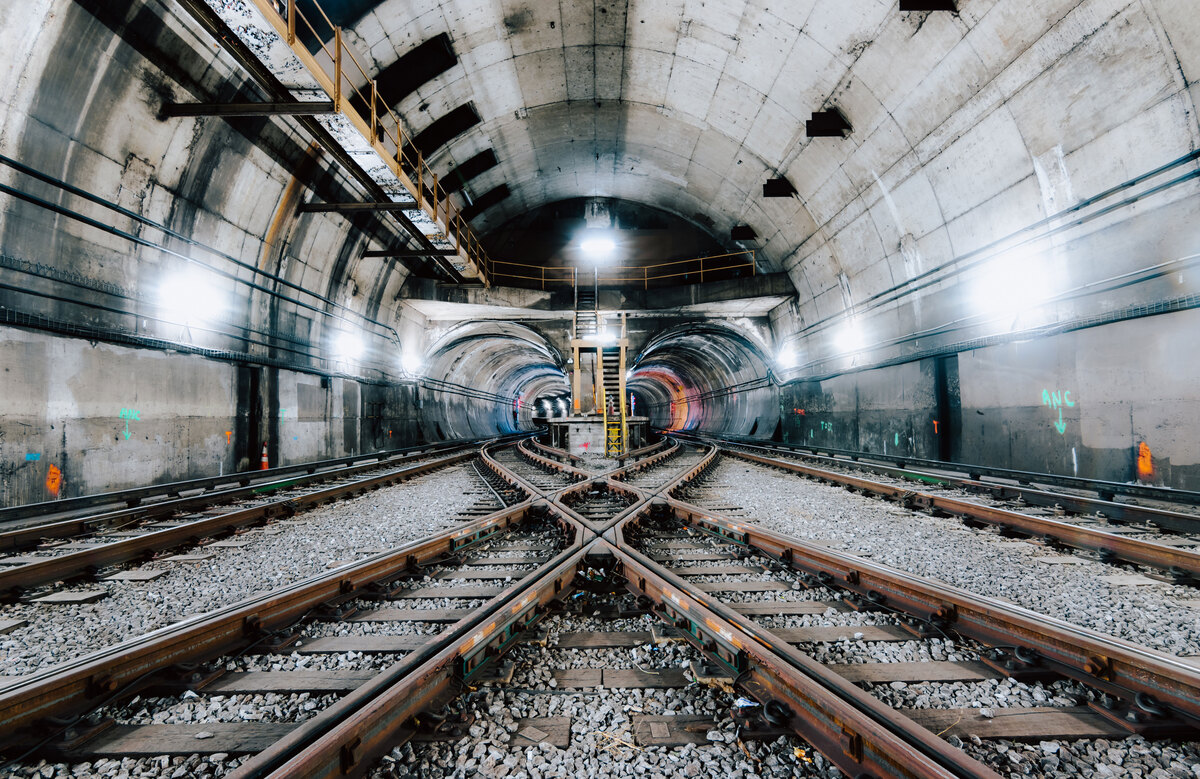
The Future of IoT in Railway
To foresee how connected trains and Internet of Things will shape the future of railway transportation, a thorough analysis of leading companies driving this transformation becomes essential. While the broad applications of IoT in railways correspond with previously discussed scenarios, railway networks worldwide are embracing IoT solutions to attain unmatched efficiency, enhance traveler satisfaction, and elevate rail safety.
Network Rail’s Intelligent Infrastructure Programme
Network Rail’s Intelligent Infrastructure Programme utilizes insights from its vast 20,000-mile network, shifting from manual planning and maintenance schedules to a dynamic, machine-driven strategy. It operates on proactive “predict and prevent” principles embedded in IoT technology. This method enables constant monitoring of asset status, functionality, deterioration, and potential failures in real time.
East Japan Railway Company
East Japan Railway Company previously relied on a traditional schedule-based rail maintenance approach. With the integration of Internet of Things in railway, the emphasis transitioned to “condition-based maintenance.” This method utilizes Internet of Things and analytics to consistently monitor the system’s current condition in real-time. Consequently, maintenance procedures are tailored according to live usage patterns.
VicTrack
To remotely oversee the structural integrity of vital bridges, the Victorian government utilized IoT sensors. This method relies on a smooth sensor network that accurately measures elements such as thermal changes, corrosion, vibrations, and structural tension. These IoT-based railway solutions help minimize disturbances and provide immediate, crucial information to operators and bridge owners.
Dutch Railway Network: Top of Form
The Dutch railway company, Nederlandse Spoorwegen, is leading the way in developing “Smart Stations.” By integrating Wi-Fi, Bluetooth, and infrared sensors, the company analyzes the movement and flow of individuals within NS public areas.
Infrared sensors begin by tallying passengers, while ongoing tracking occurs through the MAC addresses of their Bluetooth and Wi-Fi-connected devices. Thoughtful sensor positioning provides a detailed comprehension of pathways within railway stations.
Suggested article to read: The Ultimate Guide to IoT Sensor in 2024
Risks and challenges in IoT
The advantages of IoT come with accompanying risks and hurdles. Here are some of the most prominent ones:
- Security and Privacy Vulnerabilities: As IoT devices proliferate, ensuring security and privacy becomes increasingly critical. Vulnerabilities in these devices make them susceptible to cyber threats, jeopardizing the security of sensitive data. The vast data collection capabilities of Internet of Things devices also raise privacy concerns and data protection issues.
- Interoperability Complexity: Devices from various manufacturers often use diverse standards and protocols, hindering seamless “machine-to-machine” communication. This disparity creates interoperability issues, forming data silos that are challenging to integrate and analyze.
- Data Overload: IoT devices generate immense volumes of data, overwhelming businesses ill-prepared to manage it. Analyzing this data and extracting meaningful insights pose significant challenges, particularly for companies lacking the necessary analytics tools and expertise.
- Cost and Complexity: Implementing an IoT system demands substantial investments in hardware, software, and infrastructure, making it costly and intricate. Managing and sustaining such systems also requires specialized skills and expertise.
- Regulatory and Legal Compliance: The widespread use of Internet of Things devices raises regulatory and legal concerns. Businesses must adhere to diverse data protection, privacy, and cybersecurity regulations, which vary across countries.

Internet of Things for High-Speed Railways
A high-speed railway (HSR) is a rail network that upgrades existing lines to achieve speeds surpassing 200 km/h or constructs dedicated “high-speed new lines” to enable speeds exceeding 250 km/h.
As per the China National Railway Group Co., Ltd., global HSR covered 52,500 km by the close of 2019, serving over 1.7 billion passengers annually. China aims to extend its HSR network to 38,000 km by the end of 2020, connecting 80% of its major cities.
The World Railway Union predicts global HSR networks will expand to 50,800 km soon. Since the start of the 21st century, extensive construction and development of HSR have occurred worldwide, notably in China.
China has completed the Jing Zhang line and the Beijing-Xiongan line, both exceeding speeds of 350 km/h. Additionally, Japan’s latest “Hayabusa” bullet train reaches speeds of 300 km/h, France’s V150 experimental TGV train achieved a maximum test speed of 574.8 km/h, and Germany’s ICE train operates at over 300 km/h.
Unquestionably, ensuring the safety and quality of service (QoS) in HSR relies heavily on advanced information technologies. Propelled by these advancements, HSR has entered the era of intelligent operations, where the HSR Internet of Things plays a pivotal role.
Role of IoT in HSR Systems
In addition to high speeds, an intelligent HSR must possess the following capabilities:
- A comprehensive safety system ensuring real-time monitoring and prompt detection and resolution of safety issues across all stages and locations.
- Extensive energy efficiency, aiming to consume a maximum of 9600 kWh at speeds of 350 km/h and 4800 kWh at 250 km/h.
- Robust information management, enabling seamless sharing and integration of applications across systems, professions, and industries, managing a vast array of intelligent hardware resources.
- Enhanced passenger experience, offering efficient transfer services by integrating various transport systems such as HSRs, highways, waterways, shipping, and pipelines, reducing logistical costs and fostering healthy competition among transport modes.
To achieve these goals, an intelligent HSR must leverage cloud computing, IoT, big data, Beidou positioning, next-generation mobile communications, AI, and other advanced technologies. Deploying many sensors and control devices is crucial to comprehensively understand equipment statuses and establish seamless interconnection among elements and individuals, a pressing need for HSR systems.
The deployment of the HSR aims to enhance productivity, diminish labor demands, and ensure operational safety. Its specific functions include:
Digitalizing Transportation Safety
HSR technologies convert physical data from HSR objects into digital information. This transformation enables thorough analysis and assessment of HSR equipment, operators, environmental factors, and more. It provides real-time insights into all aspects and components of HSR transportation, establishing the basis for effective and secure transportation management.
Interconnected Networking
The HSR creates a smart linkage between HSR systems and objects, forming an interactive network involving individuals, objects, and the surroundings. This network acts as an information conduit connecting people, objects, and the environment.
This advancement enhances the safety and dependability of train operations and maintenance by facilitating prompt and efficient communication. Moreover, it delivers top-tier information and interactive services to passengers, establishing a comprehensive network encompassing construction, operation, maintenance, and mobile services.
Smart Operational Services
The HSR utilizes big data, AI, micro-service architecture, and other technologies, incorporating ubiquitous perception, intelligent monitoring, augmented reality, video comprehension, and fault prediction. This amalgamation enables thorough and precise analysis, forecasting, decision-making, and service recommendations. This aims to achieve intelligent services for HSR travel, predictive maintenance, proactive safety measures, and intelligent operational management.
Furthermore, the HSR enhances the data integration capacity within the industry, refining the amalgamation of comprehensive data collection and diverse networks. It facilitates data sharing and system integration, fostering widespread implementation of intelligent HSR technology and facilitating seamless information exchange among different divisions. Consequently, HSR operations’ safety significantly improves while the system’s efficiency sees a substantial enhancement. Additionally, the Internet of Things expands the interaction between HSR and other industries, fostering cross-industry data sharing, facilitating external coordination in HSR transportation’s production, operational management, and security, and enhancing the overall service experience for passengers.
Moreover, the HSR contributes to lowering production and labor costs, conserving materials and time, establishing an effective marketing system, and augmenting revenues.

Characteristics of HSR IoT
The key features of the HSR IoT manifest in three ways:
Comprehensive Perception
The HSR system requires complete monitoring of coach data, encompassing temperature, humidity, and available seating. Additionally, it necessitates information from the carriage body, including braking systems, power reception equipment, wheel and rail conditions, as well as the structure of the roadbed, comprising rails and sleepers.
It also relies on data regarding power lines like transmission lines, overhead contact systems, and voltage stability, along with the environmental status involving rivers, mountains, tunnels, stations, and passenger traffic along the railway.
Collecting extensive data on every component of the HSR system, regardless of time and location, establishes the groundwork for ensuring the safe and efficient operation and management of HSR systems.
Reliable Transmission
In the realm of HSR IoT, various forms of extensive real-time mass perception data must be transmitted promptly and remotely across train carriages, between carriages, between the train and ground connections, and among vehicles and stations.
This transmission aims to enable effective processing, scheduling, control, and decision-making while furnishing essential data for HSR intelligence. However, practical implementation encounters diverse scenarios (e.g., viaducts, tunnels, and densely populated urban areas), leading to severe wireless channel disruptions.
These disruptions encompass significant fading due to path loss, small-scale fading from multipath signals, shadow fading due to blockages, and signal penetration loss owing to metal train car bodies.
These challenges hinder reliable information transmission in HSR IoT. Additionally, the system faces complex interference, including electromagnetic disruptions from high-voltage power lines and friction within vehicle bodies, interference from ground communication networks along the route, and interference arising from high connection density in urban settings.
Furthermore, the Doppler effect, arising from high-speed movement, poses a substantial challenge in ensuring dependable information transmission. Consequently, the advancement of dependable information transmission methods is imperative for HSR IoT systems.
Intelligent Processing
Within HSR systems, the automation and intelligence of train scheduling and control are advancing. This necessitates leveraging cloud computing, big data, and AI technology to rapidly analyze and manage vast real-time HSR data spanning devices, regions, and sectors. This process aims to extract valuable insights, identify patterns, and refine the physical infrastructure of the HSR system.
3 Key Technologies of HSR IoT
The HSR IoT constitutes an intricate and comprehensive system that encompasses various key technologies across multiple domains. These include sensor detection, recognition, and positioning, networking and communication, data processing, and intelligent decision-making technologies.
1. Sensor Detection Technology
Sensor detection technology, alongside computer and communication technology, constitutes the fundamental trio of information technology, predominantly comprising sensor technology and signal processing technology. Diverse sensors act as the “sensing organs” within HSR IoT systems, tasked with perceiving information and capturing collection point parameters, thus furnishing primary data for transmission, analysis, and decision-making.
Advancements in microelectronics, microfabrication, and integrated technologies have facilitated the creation of sensitive devices and their corresponding signal-processing circuits on a solitary chip. This innovation allows for sensor integration and downsizing. The extensive deployment of sensors on a large scale significantly bolsters the technical foundation for establishing a responsive HSR IoT.
2. Identification and Location Technology
- Identification Technology: Identification technology encompasses RFID, barcodes, 2D codes, and biometrics. These employ recognition methods to achieve rapid identification and tracing of the infrastructure and its essential components. This technology boasts real-time tracking, high reliability, and ample storage capacity, operating unhindered by challenging environments. By tracking and identifying objects, HSR logistics efficiency and material management can be substantially enhanced. Biometric technology enables efficient access management for travelers, HSR personnel, and service staff, consequently bolstering the security of the HSR system.
- Positioning Technology: Positioning technologies within HSR IoT encompass satellite positioning systems like GPS and Beidou, offering extensive positioning and navigation services. Additionally, indoor wireless positioning systems such as WiFi and UWB offer precise positioning within limited areas. These positioning technologies facilitate the effortless location, navigation, and tracking of HSR trains, personnel, and equipment facilities.
3. Networking and Communication Technology
The sensor-collected data from physical systems in HSR requires transmission to the vehicle-mounted computing module or information center for analysis and processing. This transmission involves both wired and wireless communication methods.
- Wired Communications: Typically employed wired communication technologies encompass various bus systems, power-line communication, and optical fiber communications. Wired communication offers high reliability, robust stability, and formidable resistance to interference. It is primarily utilized in contexts like the safe operation control of trains, signal equipment monitoring and control, and computer room monitoring and control. For instance, the centralized signal monitoring system gathers status information from various signal devices using the CAN bus and RS485 bus.
Moreover, the disaster prediction system’s monitoring unit collects data from wind, rain, and snow sensors through the RS485 bus and then transfers the detection data via optical fiber. Additionally, surveillance video data within carriages is chiefly transmitted to onboard storage units through Ethernet technology, while station monitoring information is primarily relayed to the station management center through optical fiber networks.
- Wireless Communications: Wireless communication networks play a significant role in HSR IoT systems, encompassing WPANs, WLANs, WWANs, LPWANs, and satellite networks. WPANs like NFC and Bluetooth are used for short-range sensor monitoring, while WLANs such as ZigBee and WIFI cater to mid-range sensor monitoring within HSR. WWANs like GSM-R/LTE-R and 4G/5G support various functions like operator communication and vehicle monitoring.
LPWANs like NB-IoT and Lora are ideal for wide coverage and low-power applications in railway infrastructure and environmental monitoring. Satellite communication serves special services for HSR management, command, and emergencies. Additionally, backscatter technology supports short-range communication via dedicated radio frequency or ambient signals, aiding in logistical and device tracking within HSR-IoT scenarios.
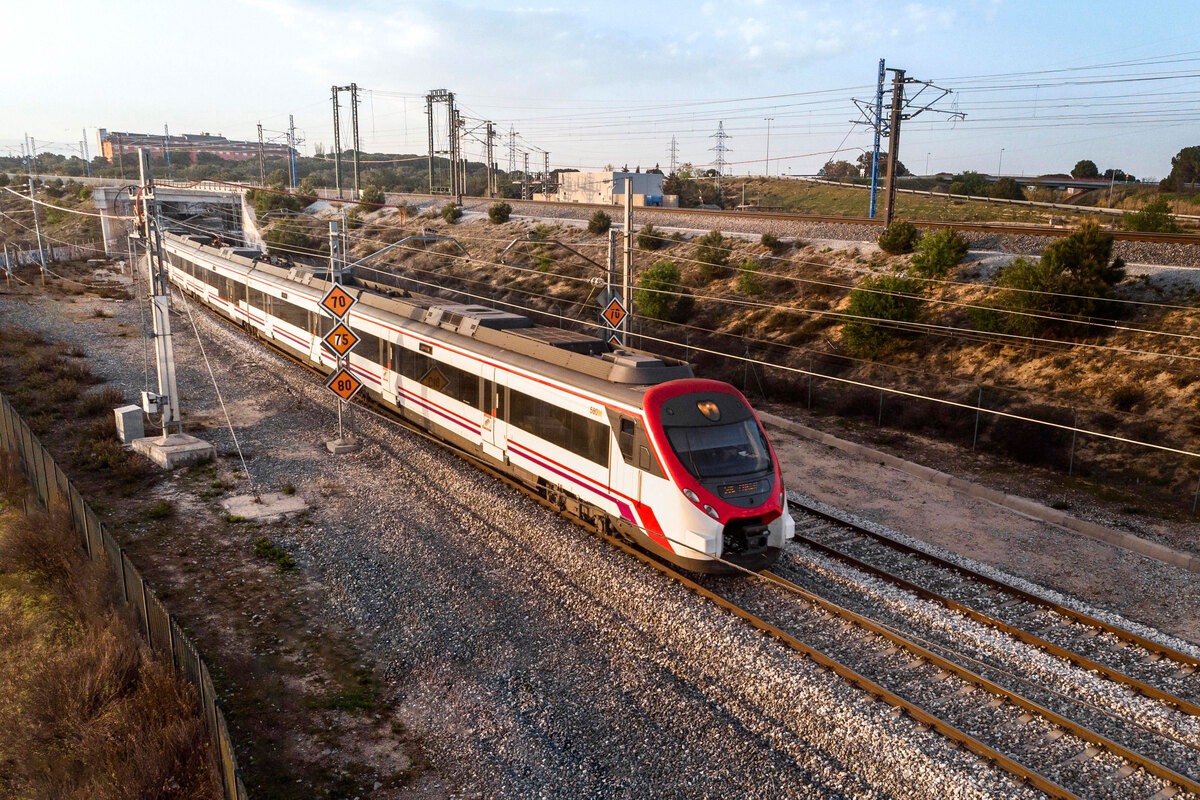
Conclusion
The seamless connectivity facilitated by Internet of Things technology has ushered in a new era of predictive maintenance and real-time monitoring, offering railways unparalleled insights into their infrastructure’s health. This proactive approach ensures optimized operations, minimizes downtime, and ultimately ensures safer and more reliable services.
Furthermore, the marriage of IoT within train compartments and stations has redefined the passenger journey. From intelligent ticketing systems to personalized experiences through real-time updates and enhanced safety measures, IoT in railway solutions have elevated travel experiences, setting a new standard for convenience and safety.
The convergence of Internet of Things with other cutting-edge technologies, such as AI and edge computing, presents a compelling trajectory for the industry. This synergy promises not just incremental but exponential advancements, heralding a future where railways evolve into interconnected, intelligent systems capable of adapting dynamically to changing needs.
IoT’s integration is not just a technological leap but a pivotal transformation that revolutionizes how railways operate and serve their passengers. Embracing and furthering IoT’s potential will continue to shape a future where railways are not just efficient and safe but also adaptive, responsive, and deeply connected. The journey toward a smarter, IoT in railway ecosystem remains a captivating and promising path, holding vast potential for continued innovation and enhancement.
Resources:
Railway-Technology | Linkedin | Ibm | Intel | Techtarget | Biz4 intellia | Impacx.io | Medium
For the pictures: Freepik

